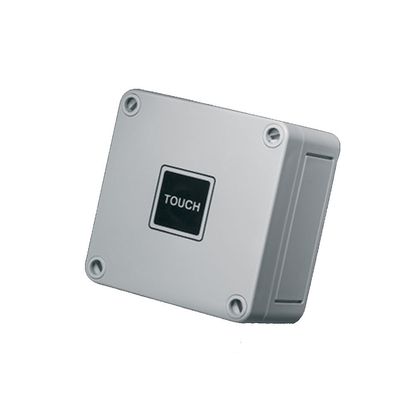

Vibration of the hindlimb evoked precisely timed action potentials that were entrained and phase-locked to vibrations that ranged from 10 Hz up to 500 Hz, the highest frequency tested. Unlike VPL-PNs, most IC-PNs could entrain their firing to mechanical vibration across a broad range of frequencies (Fig. 2), but most commonly had large and exclusively excitatory receptive fields that included the entire hindlimb (Fig. DCN neurons projecting to the IC could be classified into several subgroups (Extended Data Fig. These VPL-PNs could entrain their firing to mechanical vibration however, for the majority, this entrainment was restricted to a narrow range of frequencies below 150 Hz (Fig.

VPL-PNs had small excitatory receptive fields with large regions of surround suppression (Fig. VPL projection neurons (VPL-PNs) are the most abundant cell type in the DCN, outnumbering IC projection neurons (IC-PNs) and local inhibitory interneurons (VGAT-INs) with an estimated proportion of VPL-PN:IC-PN:VGAT-IN of 2:1:1 (ref. 1) in mice using antidromic activation and optogenetic tagging.ĭifferent DCN neuron types encoded distinct aspects of mechanosensory stimuli suited to their projection targets. To achieve this, we selectively recorded neuron subtypes in the DCN (the gracile nucleus Extended Data Fig. Using mice, we sought to determine how sensory representations of the hindlimb are encoded at this early stage of the somatosensory hierarchy. Somatosensory coding in DCN neurons is heterogeneous 18, 19, 20, 21, but how tactile signals are organized within the DCN and distributed to downstream targets remains unknown. Thus, the DCN is a conduit of incoming mechanosensory signals and broadly connect mechanoreceptors in the periphery to several major brain areas 17. DCN neurons can also project to secondary thalamic nuclei 16 involved in the affective state and to the spinal cord and periaqueductal grey 14, 16. Other populations of DCN neurons project to the olivocerebellar system 14, 15 to coordinate motor adaptation. In this brain region, the information is integrated and contextualized with auditory information. A separate, lesser-known population of DCN neurons relay tactile information to the external cortex of the inferior colliculus (IC) 12, 13. Most sensory information is conveyed from the DCN to the somatosensory cortex through a prominent projection to the somatosensory ventral posterolateral thalamus (VPL) for the conscious perception of touch. From the DCN, mechanosensory information is relayed to multiple targets in higher brain regions. Aβ-LTMR signals are rapidly conveyed from the periphery, and their axons ascend the dorsal column of the spinal cord and directly contact the DCN of the brainstem.
Lsl touch timer skin#
Thus, LTMR and PSDC subdivisions of the dorsal column encode different tactile features and differentially converge in the DCN to generate specific ascending sensory processing streams.įast-conducting LTMRs (Aβ-LTMRs) detect light mechanical forces acting on the skin and mediate discriminative touch 8, 9, 10, 11.

Different DCN neuron subtypes have specialized responses that are generated by distinct combinations of LTMR and PSDC inputs. LTMR and PSDC signals topographically realign in the DCN to preserve precise spatial detail. Conversely, PSDC neurons primarily encode touch onset and the intensity of sustained contact into the high-force range. Here we show that direct LTMR input to the DCN conveys vibrotactile stimuli with high temporal precision. The significance of PSDC neurons and their contributions to the coding of touch have remained unclear since their discovery. However, postsynaptic dorsal column (PSDC) neurons within the spinal cord dorsal horn also collect mechanoreceptor signals and form a second major input to the DCN 5, 6, 7.

Models of somatosensation emphasize that fast-conducting low-threshold mechanoreceptors (LTMRs) innervating the skin drive the DCN 3, 4. Discriminative touch of the body depends on signals conveyed from peripheral mechanoreceptors to the brain through the spinal cord dorsal column and its brainstem target, the dorsal column nuclei (DCN) 1, 2. The somatosensory system decodes a range of tactile stimuli to generate a coherent sense of touch.


 0 kommentar(er)
0 kommentar(er)
